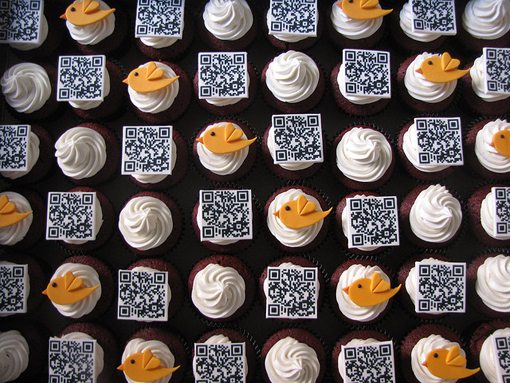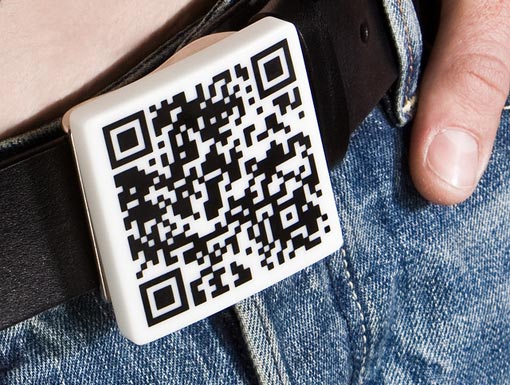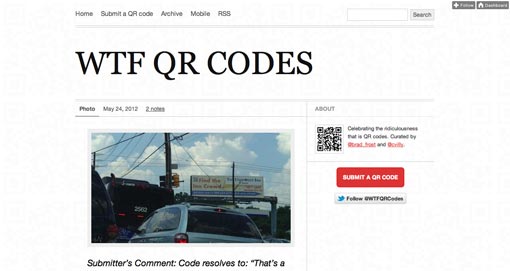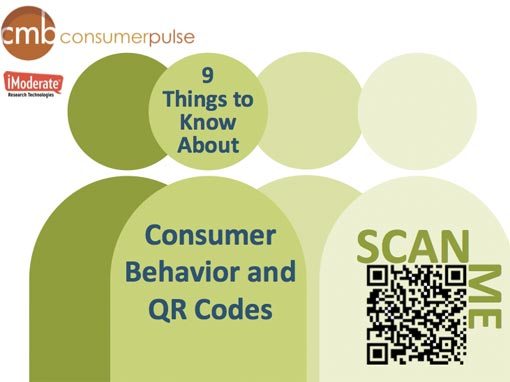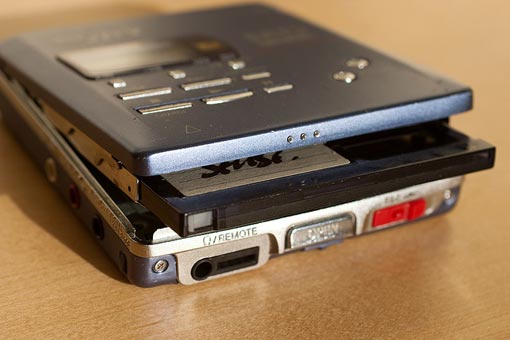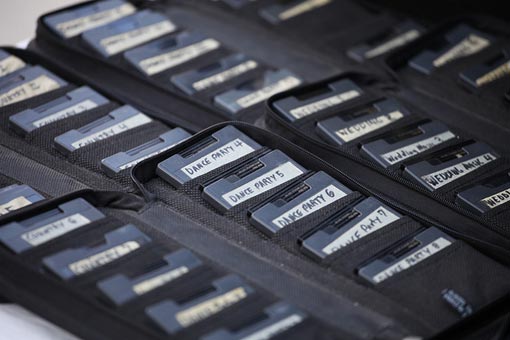Should You Be Designing With QR Codes?
QR codes are all the rage… aren’t they? Their presence certainly seems to have increased in recent years, indicating an impressive adoption rate among marketers. But does that mean that you should be using them? If a client asks you whether or not using QR codes is a good idea, what will you say?
Join us as we take an honest and critical look at both sides of the QR debate so you can decide for yourself whether or not you should be designing with QR codes.
The Ultimate Designer Toolkit: 2 Million+ Assets
Envato Elements gives you unlimited access to 2 million+ pro design resources, themes, templates, photos, graphics and more. Everything you'll ever need in your design resource toolkit.
What Is A QR Code?
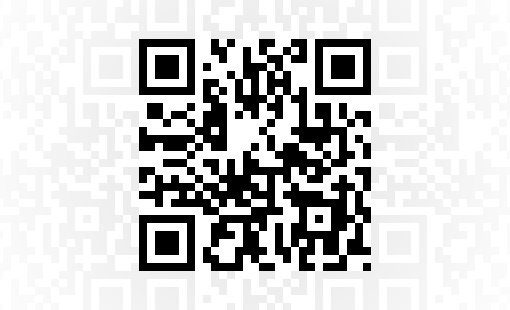
The core concept behind a QR Code (Quick Response Code) is absolutely nothing new: it’s basically a barcode. If you were born any time in the last three or four decades, you’ve see barcodes nearly every day of your life. Just like any barcode, a QR Code can be used to store encoded pieces of information that can then be decoded by a special reader.
One big difference is that standard barcodes are made to be read with a beam of light while QR Codes are meant to be seen as an image. The scanner essentially takes a picture of the QR Code, then aligns the picture using specific identifiable patterns and finally uses the rest of the pattern as a binary code.
They might look random, but if you look close you’ll notice that all QR Codes share four very specific squares. These are used to give the scanner information on the alignment, rotation and skew of the code so that it can be sure to interpret the information correctly.

The benefit here is that QR Codes can be scanned very quickly at multiple orientations and angles. They can also store quite a bit of information in a really small area.
The real potential for QR codes was realized when someone had the revelation that just about everyone carries a potential scanner in their pocket. Any cell phone with a camera and basic web capabilities can easily read and respond to QR Codes.
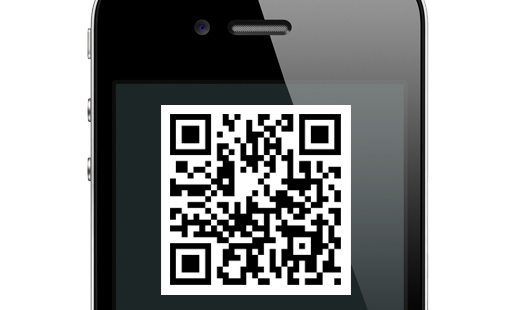
The Promise
The promise of QR Codes, as presented to potential clients, is nearly irresistible. In print, your space is always limited. Whether we’re talking about a company brochure or a bus stop ad, there’s a pre-defined amount of space to communicate your message.
Beyond this, your message is typically 100% static and has little to no actual interaction with the customer. It’s just a passive pile of ink and you can’t do much with it.
With the web though, everything changes. Space is virtually unlimited, interaction capabilities are limited only by your imagination and the holy grail of marketing becomes possible with technologies like social media: sustained, continual customer contact.
A Gateway Drug
The question of course is how to use limited printed media as a gateway to the unlimited and magical world of the Internet. QR Codes are one potential answer. “They’re easy to use and fun!” At least, that’s the sales pitch.
When you add a QR code to your boring old bus stop ad, suddenly it becomes an interactive advertising piece. A bored public transportation user will see it, point their phone at it and instantly be taken to a web page or even a video with more information.
To make sure all of the right buzzwords are used, QR Codes are pushed as social media friendly. You can use them to gather Likes on Facebook, Follows on Twitter, Pins on Pinterest; the list goes on and on.
Liftoff
QR Codes have this strange sort of cult following. Designers and marketers everywhere jumped on board and brought lots of creativity to an idea that originally began as a way for Toyota to track vehicles through the manufacturing process.
Today you’ll find QR codes in the strangest places. As the centerpiece for guerrilla marketing campaigns the world over, QR codes have been spotted on brick walls, shirts, telephone poles, belt buckles, produce, baked goods, tombstones and just about everything else you can imagine.
There’s even a Tumblr blog called “WTF QR Codes” which is dedicated to showcasing the ridiculous nature of QR Code advertising. Stop by and scroll through the results for a few minutes and you’ll instantly see how bizarre this form of marketing has become.
Good or Evil?
Some people see QR Codes as a modern advertising marvel on the verge of ubiquity. Others see them as a hopeless gimmick that future generations will no doubt laugh at us for even attempting.
As a designer, you should have a stance on the subject. This should of course be an educated, intelligent stance, not an off the cuff judgment. When a client comes to you with a question about QR codes, you’ll either come off as snide and derogatory or an informed expert. To make sure it’s the latter, let’s go over a few common questions.
Are They Easy To Implement?
Back when I was a full time designer for retail store brands, creating a barcode was sort of a pain. I had to purchase specialized and often expensive software, type in a very specific sequence of numbers, find a way to make sure it actually worked; it certainly wasn’t the most difficult part of my job but is wasn’t the highlight of my day either.
With a QR Code, the process is entirely different. There’s really almost no work on your part. Just Google “free QR Code generator” and you’ll find a bunch of websites that allow you to instantly create a QR code. Just type in a URL, choose a size and you’re good to go. If you want to test it, pull out your smartphone and any number of free QR scanning apps.
The bottom line is that QR codes couldn’t be easier to create. They size is also pretty flexible and since they’re squares they’re quite easy to integrate into a design.
Are They Easy To Use?
It’s hard to argue that QR Codes aren’t easy to use from the perspective of the person creating them, but what about from a user’s perspective? This is a matter that’s highly up for debate.
If you talk to someone in favor of QR Codes, the process sounds simple: just pull out your phone and zap the code. That’s all there is to it! It couldn’t be any easier right?
However, if you talk to someone who isn’t a fan of QR Codes, you might hear something drastically different. According to this crowd, the process is much more complex:
- Pull out your phone.
- Search for your phone’s built-in QR Code reader (oh wait, there isn’t one).
- Search for that QR code app that you downloaded one time, the name of which escapes you.
- Realize that you deleted that app ages ago because you never used it. Go to app store, search for and download a new free QR Code reader.
- Take a nap because you’re exhausted at this point.
- Launch app and wait for the camera to initiate.
- Hold phone up to QR Code.
- Wait for browser to launch and page to load.
- Tadaah, a web page! Wasn’t that easier than typing an a URL?
Obviously, this process is overflowing with hyperbole, but it makes an interesting point about how the typical QR Code user experience could possibly be perceived as anything but quick and convenient.
The simple truth is that if you ask ten people what they think of QR Codes, you’ll likely get a few that think they’re an overhyped waste of ink.
Do People Actually Scan Them?
According to Zimbio.com, QR Codes were present in 1% of print advertising in January of 2011, a number which shot up to 6% by December of the same year. Once again, this tells us that advertisers like them, but what about the general public?
Data is scattered and hard to find, but we can gleam a lot from a report titled “9 Things to Know About Consumer Behavior and QR Codes“, which was released in January of 2012.
According to this report, 79% of respondents had never heard of a QR Code. However, when shown a picture of a QR Code, 81% of respondents claimed to have seen one before. This lends credence to the idea that marketers love QR Codes a lot more than your average Joe!
Does this spell doom for QR Codes? Not so fast. The same report also claimed that half of all smartphone owners have scanned a QR Code and 70% of those respondents claimed that it was an easy process. Further, 41% of respondents said QR Codes were useful, 42% had mixed feelings and 18% said they weren’t useful.
These numbers aren’t off the charts in the positive direction, but they’re actually much better than many naysayers claim. The blanket statement “nobody uses QR Codes” seems to be far from true. As long as your target market is smartphone owners, there’s a good chance that they both know what QR Codes are and are familiar with how to use them.
Are QR Codes a Fad?
In the 1990s, the world was ready for a replacement for cassette tapes. CDs were the obvious choice if you were purchasing music but they didn’t fully replace cassettes in at least one important way: recording.
Any kid with a Walkman or simple audio cassette recorder could make his/her own tapes. This was a great way to have fun, record music and quickly save information for later review. As great as CDs were for listening to your favorite tunes, they didn’t share the quick record feature.
That’s where MiniDiscs came in, or at least were supposed to. I thought MiniDisc players were amazing. They were better than cassettes in a million different ways. They used random access memory, so you could easily split your recordings into tracks and browse through them individually later. No more fast forwarding to find what you wanted! The players were stylish, small and had digital controls, which were very cool at the time.
I was completely convinced that these were the devices of the future. Fast forward to 2012 though and four out of five people that I ask have never even heard of MiniDisc players and those that do have some recollection don’t recall why they were cool or even what they really were. So what the heck happened?
MiniDiscs failed for a number of reasons. They were initially too expensive to replace cheap CDs for music and late in the game the arrival of the MP3 provided the final nail in the coffin. The digital revolution hit with force and we stopped thinking of audio as something to be carried around on a series of plastic objects that had to be inserted into something. Instead, devices recorded, played and transferred audio all on their own with no pile of physical storage necessary.
The Point of That Long Metaphor
Why is there a history of MiniDisc players in an article about QR Codes? Because when I see a QR Code, my mind instantly jumps to the lesson of the MiniDisc. I feel like QR Codes are a temporary and flawed solution to a problem that either doesn’t exist or will be solved by something else very soon.
If a QR Code just takes me to a web page, then a short URL seems just as easy or even more so. Further, new technology such as NFC threatens to take away a healthy chunk of the cell phone information gateway in the future.
The same report that I referred to earlier noted that 46% of respondents that had scanned a QR Code were simply curious about what it would do. This is a high number that indicates that lots of QR traffic is the result of it being a new technology that people want to understand. Eventually, when most people have tried it, these curious first timers will vanish.
We’re in a pretty serious state of flux at the moment with mobile technology advancing at breakneck speeds. It’s impossible to say for certain whether or not QR Codes will be an integral part of mobile-targeted advertising for years to come, but overzealous adopters need to prepare for the very real possibility that these things will be a fuzzy memory in a few years.
Tips For Designing With QR Codes
With all this in mind, we can see that QR Codes are currently at worst a fad that will fade quickly and at best a great way to grab the interest of a healthy chunk of smartphone owners. As long as we proceed with this information in check, we can come up with some common sense guidelines for designing with QR Codes.
Give Users an Alternative
Unless you want to dramatically limit the number of people who can access the information trapped inside of the QR Code, make sure that you have an alternative. This often takes the form of a simple URL under or beside QR Code.
Use Mobile Friendly Content
Always consider that virtually all of the people scanning your QR Code will be doing so with a mobile phone. If the code leads to a website that is optimized to work on desktops, you’ve failed. Make sure the content on the other end is usable at a small size and doesn’t use Flash or other non-mobile technologies.
Creativity Pays Off
That curiosity factor that we mentioned earlier is obviously a huge hook for QR Code users. As QR Codes become more ubiquitous, they become easier to ignore, just like sidebar ads on the Internet they’ll quickly become almost invisible to many people. Make sure you put some serious thought into presentation. How can you catch your audience’s attention and leverage their curiosity to score a scan?
Have Clear Goals In Mind
Getting people to scan your QR Code is an impressive feat, but if you don’t use that opportunity wisely then it’s a big fat waste of time. If you get a million scans but don’t successfully educate or encourage people towards further action, you haven’t really accomplished anything. Scoring social media love is an obvious goal that could pay off in the long term.
Don’t Be Stupid
As the site WTF QR Codes clearly demonstrates, this technology is overused, abused and often poorly understood. QR Codes on a billboard next to a highway with an average speed of 75mph probably aren’t the best use of your client’s advertising dollars.
What Do You Think?
Now that you’ve seen the statistics, read my rants and considered my advice, it’s time for you to chime in using the comments below.
Do you think QR Codes are the savior of printed marketing or are they another overhyped marketer’s fantasy that normal people simply don’t care about? If clients ask you whether or not they should use QR codes, what will you say?



